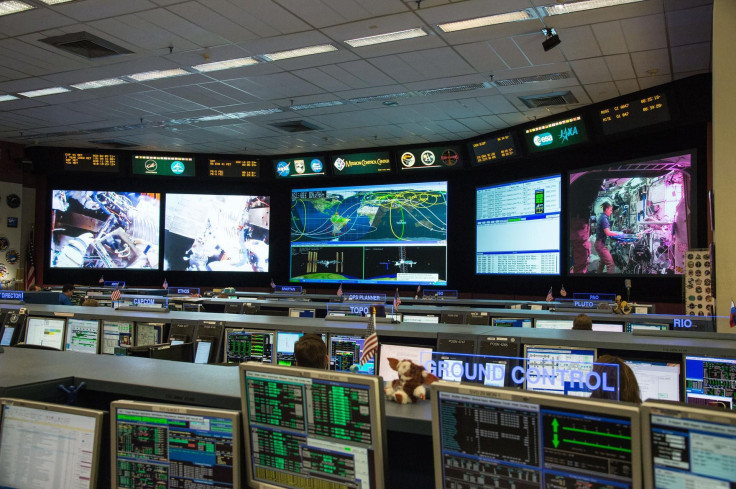NASA Building New State-Of-The-Art Facility To Study Asteroid Samples
KEY POINTS
- NASA has begun constructing state-of-the-art curation facilities for the study and storage of asteroid samples
- The asteroid Bennu sample obtained by NASA's OSIRIS-REx is expected to arrive in 2023
- OSIRIS-REx successfully touched down on the near-Earth asteroid Tuesday
NASA's OSIRIS-REx spacecraft is set to bring home the sample it obtained from asteroid Bennu in a couple of years. But as early as now, the space agency has already begun constructing a state-of-the-art facility for the study and storage of the asteroid specimen.
OSIRIS-REx is scheduled to start its journey back to Earth in March 2021 and is expected to return with the special capsule containing the asteroid sample in September 2023. The material from asteroid Bennu will be some of the oldest remnants in the solar system, making it an ideal subject of study to learn more about the origin of the solar system.
To study and preserve the asteroid specimen, NASA is now building laboratories at Johnson Space Center in Houston. They will be managed by the Astromaterials Research and Exploration Science division, also known as ARES.
The division includes astromaterials collected by NASA, including lunar rocks, meteorites and comet samples, and the scientists who study them.
“I’m really excited to see the sample and interact with it,” Nicole Lunning, one of the asteroid curation scientists from ARES, said in a statement on NASA's website Tuesday. “Before it arrives, we’ll be preparing in many ways, such as holding sample return capsule retrieval and disassembly rehearsals to make sure the actual event goes as smoothly as possible and the sample is protected.”
The sample obtained by OSIRIS-REx from Bennu's pebbly surface, called regolith, is expected to be between 3 ounces and 4.4 pounds. It will be placed in laboratories that come with cleaning facilities, tools, and asteroid storage areas in order for researchers to be able to study the material down to the molecular level without it incurring any damage.
When OSIRIS-REx returns to Earth in 2023, the spacecraft is set to eject the filled capsule, which will parachute to the deserts of Utah. From there, ARES staff tasked to safeguard the sample will pick it up and bring it back to the Johnson Space Center in Houston.
Upon arrival at the space center, the ARES team led by Kevin Righter, curator of the Antarctic meteorite collection at Johnson, will conduct basic initial examinations of the material to characterize, digitally catalog and divide the samples for other researchers to utilize.
On Tuesday, OSIRIS-REx successfully touched down on Bennu and reached out its robotic arm to collect a sample from the near-Earth asteroid's surface after orbiting the space rock for nearly two years.
"After over a decade of planning, the team is overjoyed at the success of today's sampling attempt," Dante Lauretta, the mission's principal investigator and a professor at the University of Arizona Lunar and Planetary Laboratory, said in a statement, CNN reported.
Lauretta continued, "Even though we have some work ahead of us to determine the outcome of the event -- the successful contact, the TAGSAM gas firing, and back-away from Bennu are major accomplishments for the team. I look forward to analyzing the data to determine the mass of sample collected."

© Copyright IBTimes 2024. All rights reserved.





















